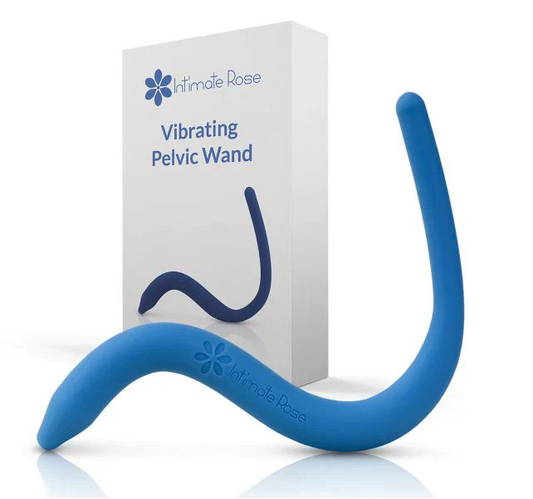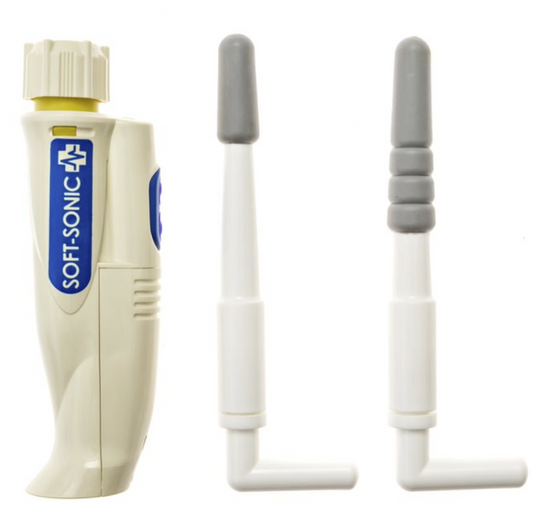Prostatitis Symptoms

Understanding Prostatitis Symptoms: A Medical Perspective
Prostatitis, an inflammation of the prostate gland, is a condition that affects a significant number of men worldwide. It can cause a variety of symptoms that impact urinary and sexual health, as well as general well-being. This article explores the symptoms of prostatitis, supported by current scientific research and clinical insights, to provide a comprehensive understanding of this condition.
The Prostate Gland
The prostate is a small, walnut-sized gland located below the bladder and in front of the rectum. It plays a crucial role in the male reproductive system by producing seminal fluid, which nourishes and transports sperm. The health of the prostate is essential for both urinary and sexual functions.
Types of Prostatitis
Prostatitis can be classified into four main types:
- Acute bacterial prostatitis: A sudden bacterial infection characterized by severe symptoms.
- Chronic bacterial prostatitis: A recurring bacterial infection with milder symptoms.
- Chronic prostatitis/chronic pelvic pain syndrome (CP/CPPS): The most common form, with symptoms that can last for months.
- Asymptomatic inflammatory prostatitis: Inflammation of the prostate without noticeable symptoms, usually found during other medical evaluations.
Common Symptoms of Prostatitis
1. Urinary Symptoms
Urinary symptoms are among the most common complaints associated with prostatitis. These can include:
- Frequent urination: An increased need to urinate, often urgently and more frequently, particularly at night.
- Difficulty urinating: A weak or interrupted urine stream, straining to urinate, or feeling that the bladder is not completely empty.
- Burning sensation: Pain or a burning feeling during urination, known as dysuria.
- Cloudy urine: The presence of pus or blood in the urine can make it appear cloudy.
2. Pain and Discomfort
Prostatitis often causes pain and discomfort in various areas, including:
- Pelvic pain: Persistent pain or discomfort in the lower abdomen, perineum (area between the scrotum and anus), or lower back.
- Genital pain: Pain in the penis, testicles, or the area behind the scrotum.
- Rectal pain: Discomfort or pain in the rectum, particularly during bowel movements.
- Ejaculatory pain: Pain during or after ejaculation, which can affect sexual satisfaction and performance.
3. Sexual Dysfunction
Sexual health can be significantly impacted by prostatitis, leading to symptoms such as:
- Erectile dysfunction: Difficulty achieving or maintaining an erection.
- Reduced libido: A decreased interest in sexual activity.
- Premature ejaculation: Ejaculation that occurs sooner than desired during sexual activity.
4. General Symptoms
In addition to the localized symptoms, prostatitis can cause general symptoms that affect overall health, including:
- Fatigue: Persistent tiredness or low energy levels.
- Fever and chills: In cases of acute bacterial prostatitis, fever and chills can occur due to infection.
- Muscle and joint pain: Generalized aches and pains, which can affect daily activities.
Diagnosis and Evaluation
Diagnosing prostatitis involves a thorough evaluation by a healthcare provider, including:
- Medical history: A detailed history of symptoms, lifestyle, and medical conditions.
- Physical examination: A digital rectal exam (DRE) to check for prostate tenderness and abnormalities.
- Laboratory tests: Urine tests, blood tests, and semen analysis to detect infection and inflammation.
- Imaging studies: Ultrasound or MRI to visualize the prostate and surrounding tissues.
Treatment Options
The treatment for prostatitis depends on the type and severity of symptoms. Common approaches include:
- Antibiotics: Used to treat bacterial infections, typically for a few weeks in acute cases or longer for chronic infections.
- Alpha-blockers: Medications that relax the muscle fibers in the prostate and bladder neck, improving urinary flow.
- Anti-inflammatory medications: To reduce pain and inflammation.
- Physical therapy: Pelvic floor exercises and biofeedback to alleviate pelvic pain and improve function.
- Lifestyle changes: Diet modifications, stress management, and avoiding activities that exacerbate symptoms.
Living with Prostatitis
Managing prostatitis requires a multifaceted approach. Here are some tips for living with the condition:
- Stay hydrated: Drink plenty of water to help flush out bacteria and toxins.
- Avoid irritants: Limit caffeine, alcohol, and spicy foods, which can irritate the bladder and prostate.
- Practice good hygiene: Regularly clean the genital area to prevent infections.
- Exercise regularly: Physical activity can improve overall health and reduce stress.
- Communicate: Talk openly with your healthcare provider about symptoms and concerns.
Conclusion
Prostatitis is a complex condition with a range of symptoms that can significantly impact a man's quality of life. Early diagnosis and appropriate treatment are essential for managing symptoms and improving outcomes. By understanding the symptoms and seeking timely medical care, men can take proactive steps to maintain their prostate health and overall well-being.
References
- Nickel, J. C., & Downey, J. (1999). Chronic Prostatitis: Approaches to Treatment. Urology, 54(6), 20-23.
- Collins, M. M., Meigs, J. B., Barry, M. J., Walker Corkery, E., Giovannucci, E., & Kawachi, I. (2002). Prevalence and Correlates of Prostatitis Symptoms in the Health Professionals Follow-up Study Cohort. Journal of Uro
Top picks
-
Kegel Pelvic Floor Muscle Trainer for Men
Regular price $99.00 USDRegular priceUnit price / per$149.00 USDSale price $99.00 USDSale -
Pelvic Floor Wand & Massage Therapy Tool for Men
Regular price $49.95 USDRegular priceUnit price / per$59.95 USDSale price $49.95 USDSale -
Prostate and Pelvic Floor Support Cushion – Large Black Seat for Pain Relief
Regular price $49.95 USDRegular priceUnit price / per$75.50 USDSale price $49.95 USDSale -
Sonic Prostate Massager from Prostate Health Center | Ultimate Prostate Wellness Tool | Top-Rated Home Prostate Massage Device
Regular price $59.95 USDRegular priceUnit price / per$79.99 USDSale price $59.95 USDSale




